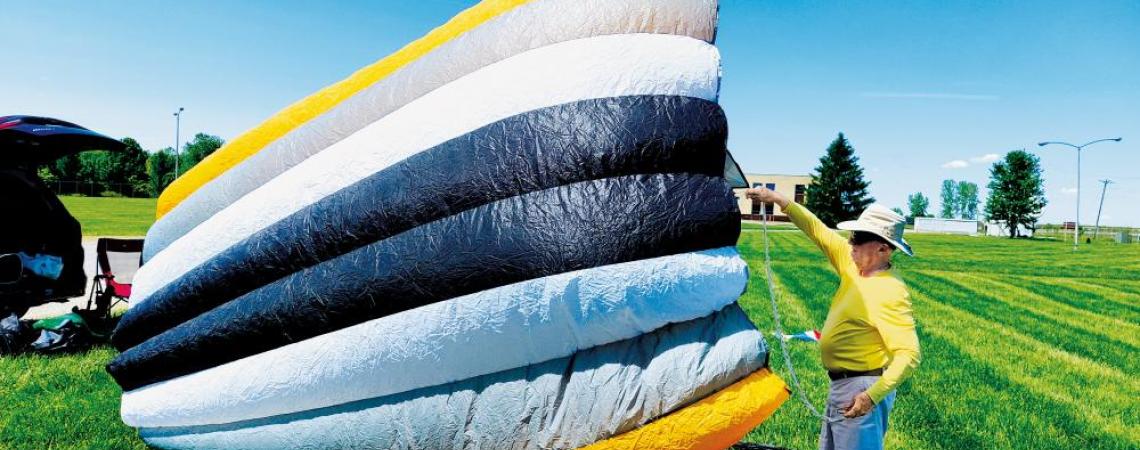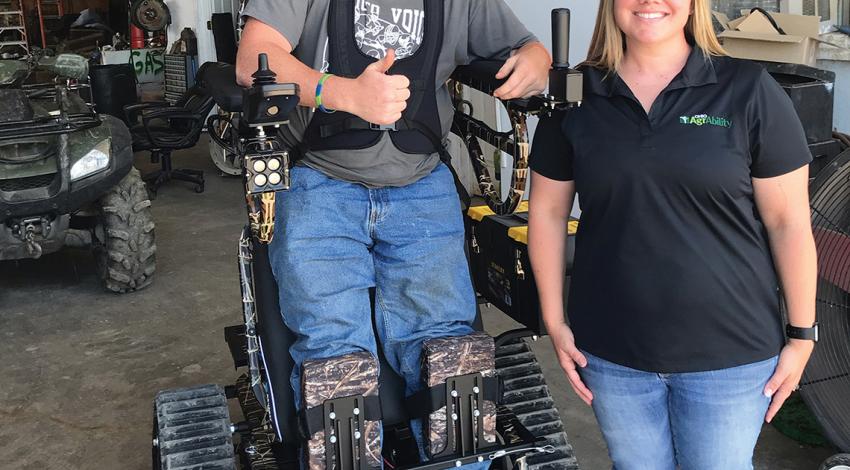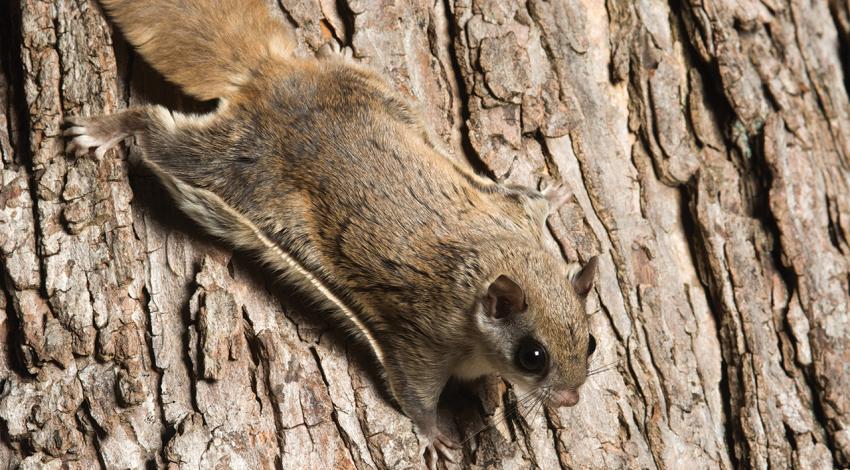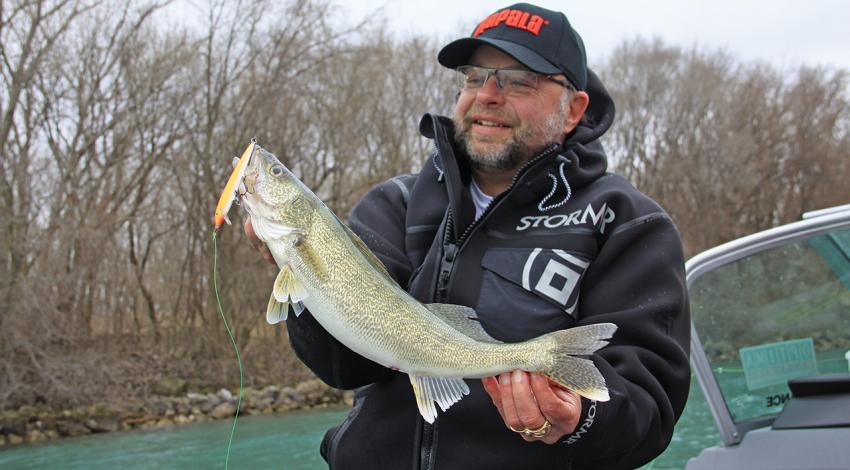When spring’s first warm breezes blow over Ohio’s landscapes, there are plenty of folks — children and adults alike — who think, “It’s a great day to fly a kite!”
And it’s not always just a daydream — groups across the state gather to send their kites skyward at the first opportunity.
Among them are members of P.I.G.S. Aloft in West Chester. Weather permitting, group members fly their kites every other Sunday afternoon on the lawn of the Voice of America Museum of Broadcasting.
John Graves and Jim Gibson, both avid kite flyers, have built quite a collection of kites of all sizes and shapes.
The group’s name is a clever allusion to Cincinnati’s history as well as the group’s reason for existence. “Cincinnati used to be the pork-processing capital of the U.S.,” says longtime member John Graves of Fairfield, a retired registered nurse, who also explains that “P.I.G.S. Aloft” stands for “People Interested in Getting Stuff Aloft.”
“We don’t collect dues or elect officers,” Graves says. “We just get together to fly our kites and have fun. Anyone is welcome to join us.”
Graves began flying kites more than 20 years ago. He was then working a stressful job in psychiatric nursing. A kite festival was being held nearby, so his wife, Bridget, suggested that they go see it, as a diversion for him.
“I saw so many people walking around, looking up, with smiles on their faces,” Graves recalls. “I bought myself an $11 sled kite and started flying it with help from some people there. It’s been downhill ever since.”
Sled kites, he explains, are the simple, roughly rectangle-shaped kites held together with crossed spars running top to bottom. “It’s the kind we make to fly with kids,” he says. “You can buy kites for kids that are pirate ships or airplanes, but they’re really hard to put together. These are easy.”
From that first small sled kite, Graves’ collection of kites has grown in both number and size. With a laugh, he admits that he doesn’t know the exact number in his collection, but it’s “lots!”
“I’ve got a pig, teddy bears, cats, kittens, fish — I have another pig kite that is 16 and a half feet in diameter,” he says. “My largest kite is 100 square feet, and the others are about 20 square feet. They are a challenge to fly; one person can get them aloft, but you can’t fly them by hand. You have to stake them to the ground (with high-strength line).”
Jim Gibson of Cuyahoga Falls serves as vice president of the Cleveland-based Ohio Society for the Elevation of Kites (pun intended).
Gibson’s then 3-year-old son got him started in kite flying nearly 40 years ago. While visiting his grandparents on their farm near Galion, the young boy saw a kite in a store and asked his dad to buy it.
That enjoyable experience led to more kites and more kite flying. The family even got into the habit of taking kites along on their camping trips. Gibson, a retired restaurant manager and owner, has become particularly interested in the challenge of train kites — individual kites tied together, like a train of railroad cars.
He once spent three weeks making 100 individual kites and connecting them to each other, and after Thanksgiving dinner that year at his in-laws’ farm, he tied the string of kites to his van and drove the van into a field to get the kites aloft. “Every nearby farmer drove over to see what was going on,” he recalls.
He especially likes to make and fly single-line fighter kites. In fighter kite competition, the kite flier tries to score points by making their kite touch their competitor’s kite. A fighter kite’s direction and angle are controlled by pulling on strings.
A kite can be flown from a single line, two lines, or four lines, depending on the kite’s shape and size and/or the flier’s preference. Beginners are advised to stick to single lines, because keeping multiple lines from tangling together can be challenging.
Over the years, Gibson has bought or been given numerous types of kites. Like Graves, he hasn’t counted the total number of kites he owns, but “it’s quite a few.” He prefers medium-sized kites over the larger ones, though he does have a trilobite-shaped kite that measures 55 feet and an octopus kite with a 75-foot tail.
The Gibsons generally fly their kites at Edgewater Park, just beyond downtown Cleveland, with other members of the Ohio Society for the Elevation of Kites. Weather permitting, OSEK fliers are there the second Sunday afternoon of each month. Anyone interested in kites is welcome to stop by. They also still like to incorporate kite flying into their camping trips, such as at an informal annual kite fliers weekend each July at Maumee Bay State Park in Oregon. OSEK also hosts a kite festival each August.
“I’ll put a train kite in the air or go fly my fighter kites and practice moves with them,” he says. “My wife stays with it and enjoys just talking to people who are nearby.”
The Cleveland International Kite Festival will take place from 11 a.m. to 5 p.m. on Aug. 11 at Edgewater Park in Cleveland. See www.osekcleveland.org for details.










